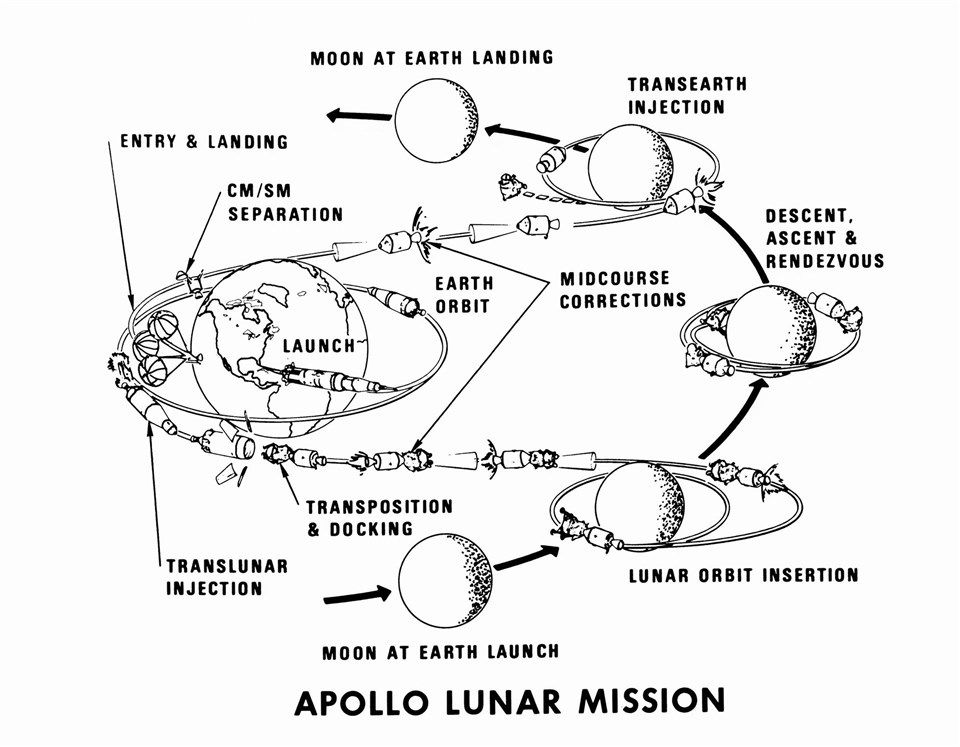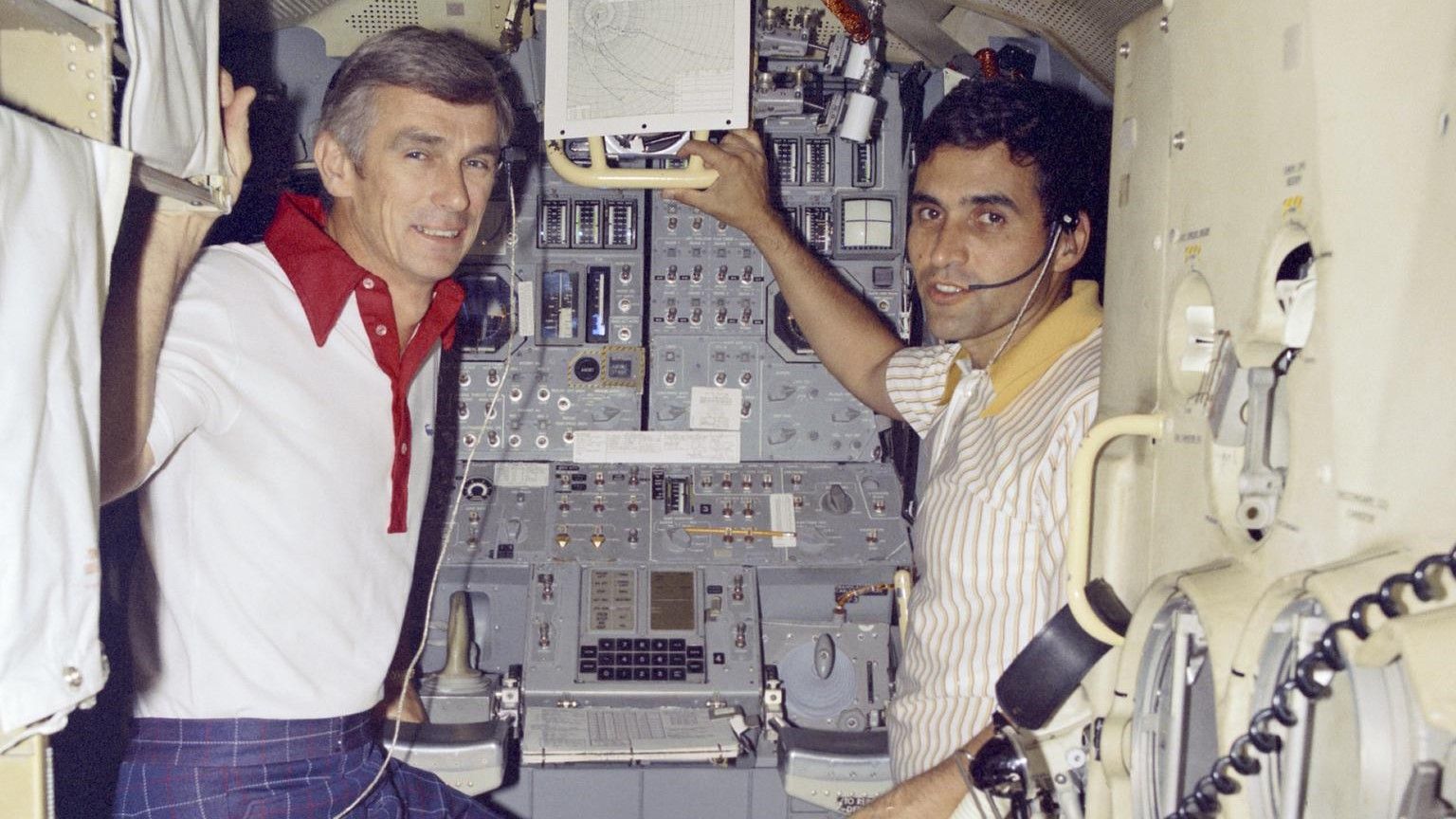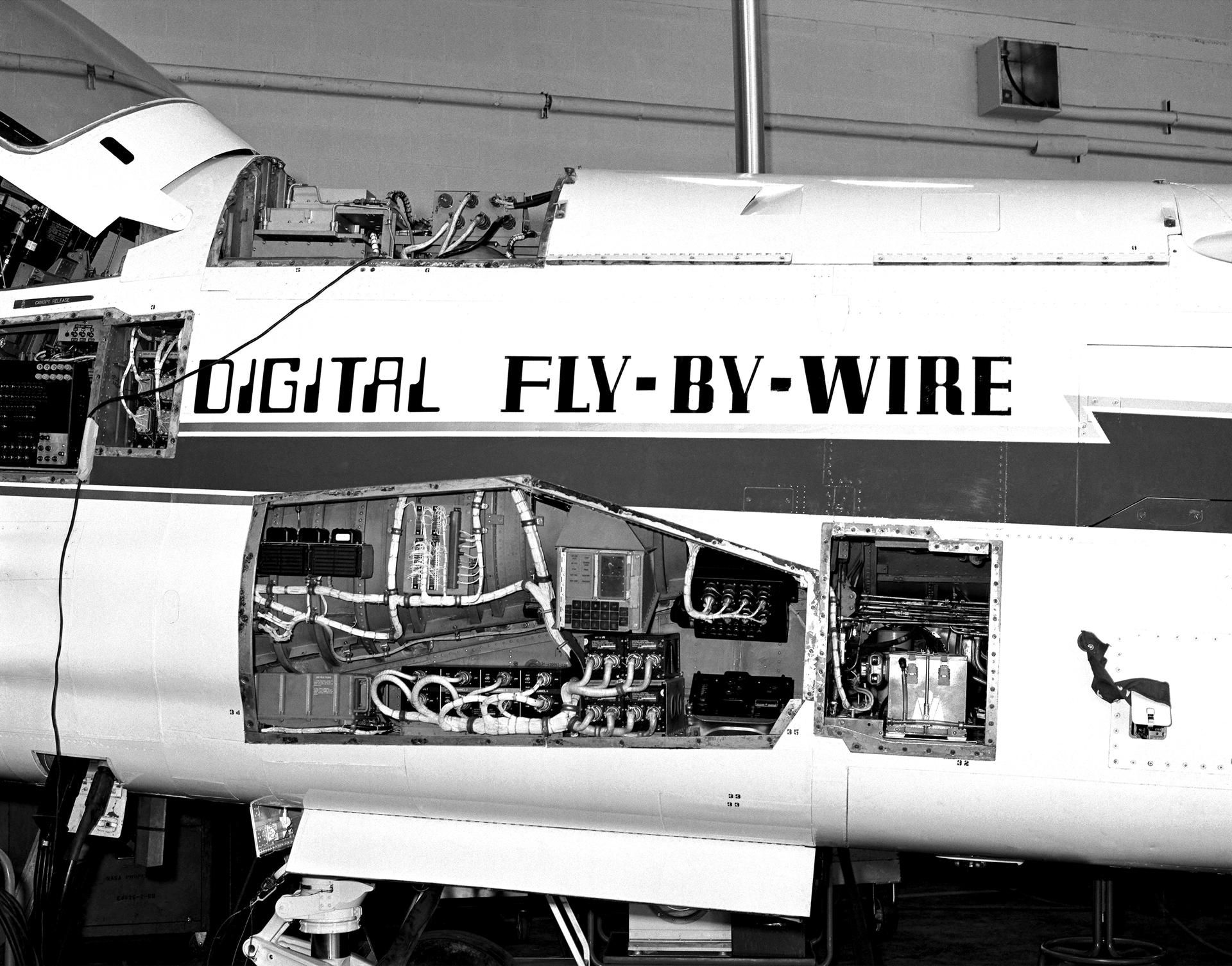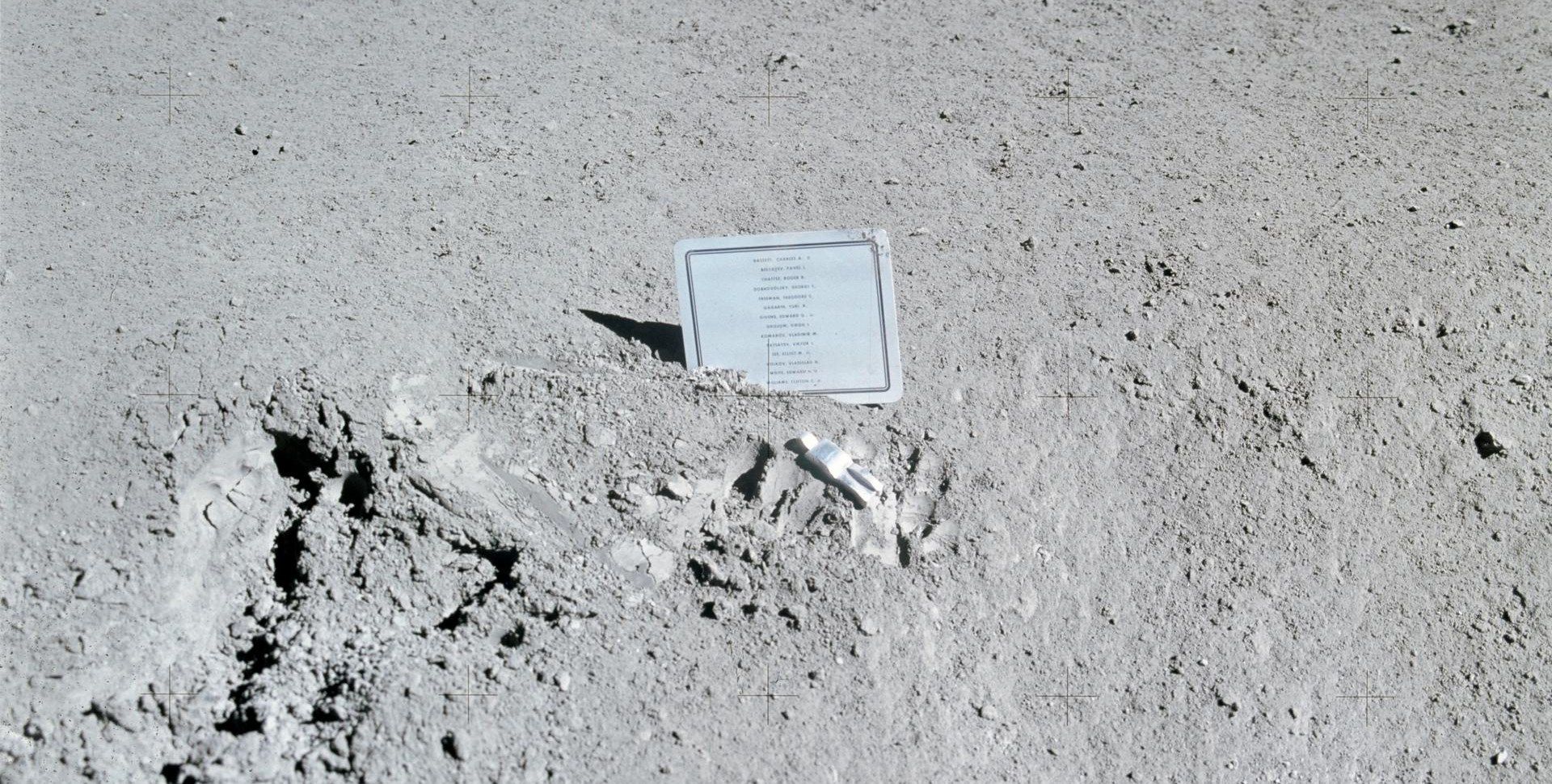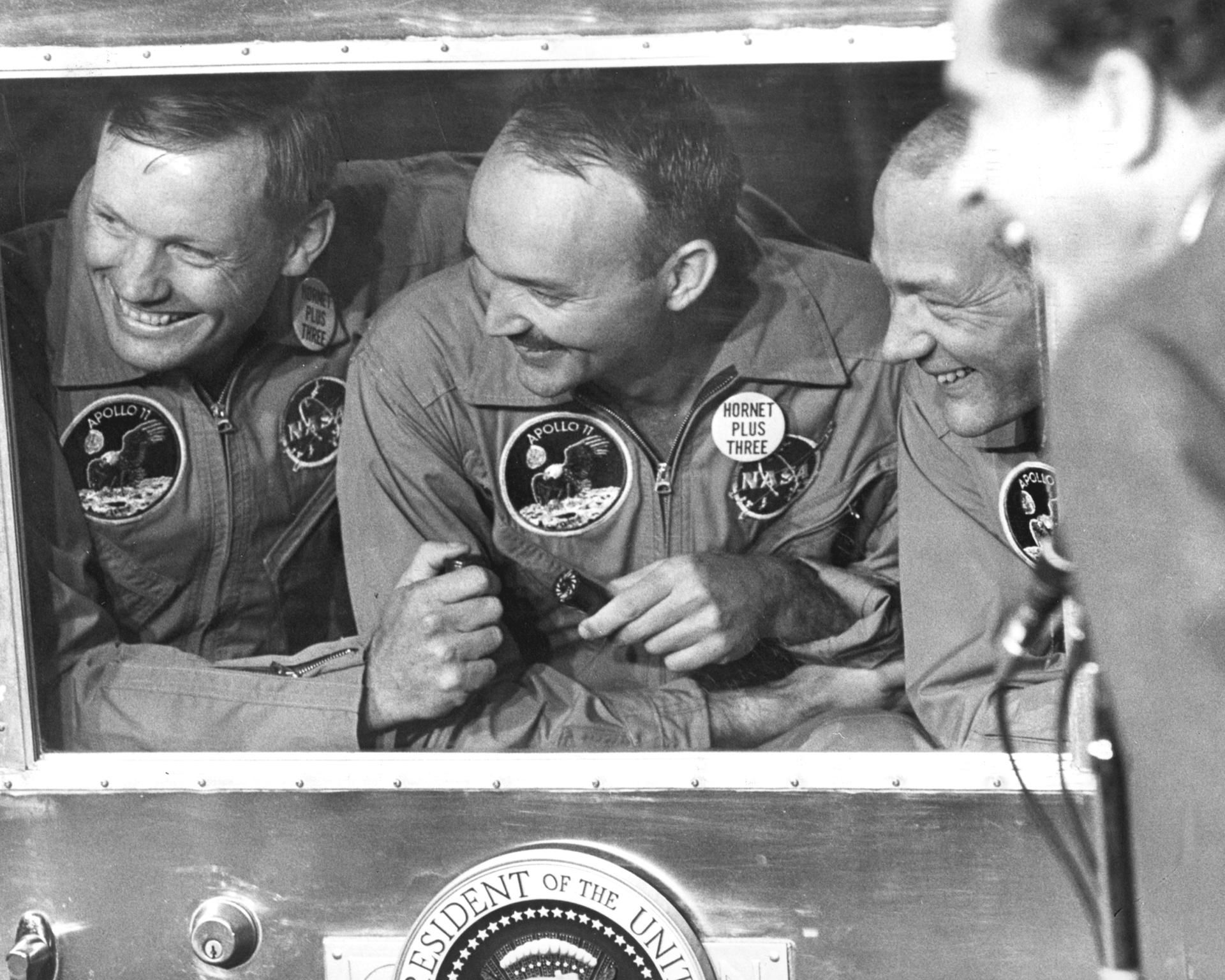The Apollo program was NASA’s mission to put humans on the moon. Over 11 years, it achieved 6 lunar landings, and its success is deeply embedded in history and pop culture. But I bet there are a couple of things you didn’t know about it.
1
NASA Almost Chose the Wrong Way to Land on the Moon
When engineers at NASA were planning the Apollo mission, they had to figure out the “how” of putting astronauts on the moon. Three options were suggested:
- The direct ascent
- The Earth Orbit Rendezvous (EOR); and
- The Lunar Orbit Rendezvous (LOR)
The direct ascent was simple. NASA would launch a spacecraft from Earth directly to the moon. The spacecraft would land on the moon, and once the lunar mission was complete, the astronauts would use it to return to Earth.
The Earth Orbit Rendezvous, on the other hand, was more complicated. The idea was to develop a modular spacecraft that could be sent into Earth’s orbit piece by piece, assembled there, and then launched to the moon.
Lastly, the Lunar Orbit Rendezvous involved flying a spacecraft into the moon’s orbit, at which point a smaller lunar module would detach and land on the moon. When exploration was complete, the lunar module would rejoin the spacecraft, and the return to Earth would proceed.
Each technique had its risks and rewards. The direct ascent was the most straightforward, but it also involved carrying a lot of dead weight. To make it work, NASA would have to build an enormous rocket which was wildly expensive and would jeopardize the project deadline.
The Earth orbit rendezvous didn’t need a super rocket, but NASA would have had to launch multiple smaller rockets as well as perform multiple orbital rendezvous (a set of maneuvers designed to bring two spacecraft into contact.) So many moving parts increased the probability of something going wrong and disrupting the mission.
The lunar orbital rendezvous was even riskier since the rendezvous would happen in the moon’s orbit—240,000 miles away. If something went wrong, there would be no hope of rescue. Its advantage was that it required NASA to build a separate lunar module that could be used as a lifeboat in the event of a failure on the command ship.
Early on at NASA, there was lots of support for direct ascent and EOR, but very little for LOR. However, thanks in no small part to the persistence of an engineer named John Houbolt, NASA eventually ended up choosing the Lunar Orbital Rendezvous method.
This was fortuitous, because when Apollo 13 suffered an explosion that crippled its life-support systems, the crew was only able to survive by squeezing themselves into the lunar module and using it as a lifeboat until they reached Earth.
2
The Apollo Guidance Computer Was Less Powerful Than a Scientific Calculator
Before the Apollo program, there were no computers in spacecraft. They were simply too large. Instead, astronauts flew spacecraft manually using analog flight controls. Any necessary computations were done by computers on the ground and transmitted to the spacecraft by radio.
Getting to the Moon, however, required more precise navigation and faster reaction times than the prevailing system could provide, so NASA, together with engineers at MIT, got to work developing a computer small enough to fit into the spacecraft. What they came up with was the Apollo Guidance Computer (AGC).
The Apollo Guidance Computer was a marvel of its time. It was responsible for computing the spacecraft’s course to the moon, and it controlled all the physical components of the spacecraft.
Amazingly, it did its job with what is, by today’s standards, incredibly underpowered hardware. It had just 4kb of RAM and 74kb of ROM. For context, a TI 84 calculator released more than 20 years ago has 480kb of ROM and 128kb of RAM. That’s 6 times more ROM and 32 times more RAM than the AGC.
3
Research and Development From the Apollo Program Gave Us Tech We Still Use Today
To meet President Kennedy’s goal of putting a man on the Moon before the end of the decade, NASA had to engage in one of the most sudden bursts of technological creativity ever seen. Massive amounts were spent on R&D to develop the systems and products that would enable the astronauts to get to and survive on the lunar surface. Some of those products turned out to be so vital that they inspired technology that is still used today. NASA calls them spin-offs, and they are all around you.
Remember the Apollo Guidance system we talked about earlier? Well, its success inspired fly-by-wire control systems that planes still use today. Before the Apollo program, pilots controlled planes mechanically, with cables and rods connected to plane parts. But after the Apollo program, NASA and its partners adapted the AGC for use in airplanes, creating the modern plane controls we know today.
Another spinoff from the Apollo program is something you find in every emergency pack—space blankets. Mylar, the material those blankets are made out of, was developed by NASA to protect spacecraft from the sun and keep them insulated.
NASA also developed polybenzimidazole (PBI), a tough fiber with no melting point, that retains its strength and flexibility even after exposure to fire. It is used today in firefighting gear, military gear, and motorsports.
4
Faking the Moon Landing Would Have Needed 400,000 Conspirators
Despite overwhelming technological, photographic, video, and testimonial evidence, a surprising number of people still believe that some or all of the Apollo program was staged.
If that were true (it isn’t), it would be an incredible feat of deception because, at its peak, the Apollo program employed around 400,000 people and required the support of over 20,000 industrial firms and universities. The idea that nearly half a million people could flawlessly coordinate a cover-up without a single credible leak stretches belief to its breaking point.
5
A Felt Tip Pen Saved the Apollo 11 Crew
You hear a lot about how Neil Armstrong and Buzz Aldrin were the first men to walk on the moon, but what you don’t know is that they almost didn’t make it back.
After spending hours collecting rock and dust samples on the lunar surface, Armstrong and Aldrin were making their way into the lunar module when Aldrin accidentally hit a circuit breaker with the life support backpack on his spacesuit.
The broken circuit breaker meant they couldn’t start the engine and rendezvous with the command module. They also had little to no tools on hand to fix the damage. What they did have was a felt-tipped pen, which Aldrin was able to stick into the circuit breaker to start the engine.
6
We Left a Lot on the Moon, and We Brought Some Things Back
Over the course of the six lunar landing missions, astronauts have left an eclectic collection of souvenirs on the moon. There are sentimental objects like flags, a family photo, an aluminum sculpture, and a plaque—a tribute to the fallen astronauts.
Then there’s the gross—about 96 bags of human waste left on the moon as part of an experiment to see how it would be affected in space.
The astronauts also set up another experiment on the moon before leaving (this one thankfully not involving any waste.) It is called the lunar laser-ranging retroreflector experiment, and it’s still ongoing even now. Thanks to it, we know an interesting fact about the moon—its moving away from the Earth by about 1.5 inches every year.
We also brought some things back. Across the six Apollo missions that landed on the moon, 842 pounds or 382kgs of lunar material was returned to Earth—material that is vital for so many experiments, including how to maybe one day grow food on the moon.
7
Buzz Aldrin Was Almost the First Man on the Moon
Everyone knows that Neil Armstrong was the first man on the moon—NASA broadcast it live for the world to see. But if not for a design quirk, Buzz Aldrin might have had that honor.
Typical NASA procedure was that the senior astronaut would remain behind the controls while the junior astronaut performed the first spacewalk. In the case of Apollo 11, Armstrong was the commander, so he would have had to stay behind on the lunar module while Aldrin took the first steps on the moon.
However, the lunar module hatch opened on the opposite side to where Aldrin was seated. For him to have dismounted first, he would have had to climb over Armstrong to reach the hatch, a maneuver complicated by the tight confines of the lunar module and the bulky spacesuit keeping them alive.
NASA also liked the symbolism of the commander of the Apollo taking the first steps on the moon and that may have also played a part in their decision to disregard protocol and have Armstrong take that one small step for man.
8
The Apollo 11 Crew Was Quarantined to Contain Moon Germs
It was highly unlikely that there was any microbial life on the moon, but just to be cautious, when the astronauts splashed down in the Pacific, they were immediately ushered into a mobile quarantine facility and from there, the Lunar Receiving Laboratory, where they spent the next 21 days.
It was from quarantine that the astronauts wrote their reports, did debriefs, and, in the case of Neil Armstrong, celebrated his birthday.
9
The Apollo Program Skipped Numbers 2 & 3
When tragedy struck Apollo One, NASA’s associate administrator for Manned Space Flight, Dr. George E. Muller, announced that the failed mission would henceforth be known as Apollo 1. The next mission would be known as Apollo 4. No flights were ever designated Apollo 2 & 3. So, it goes: Apollo 1, Apollo 4, Apollo 5, and so on.
10
Those Moon Quotes Are Slightly Wrong
Contrary to popular belief, when Neil Armstrong landed on the moon, he didn’t say “That’s one small step for man, one giant leap for mankind.” It’s close enough, but if you want to get pedantic, his actual words were “That’s one small step for a man, one giant leap for mankind.”
The same goes for another popular phrase associated with the Apollo program, this time spoken by John L. Swigert aboard Apollo 13. The error is even perpetuated in the Apollo 13 movie where Kevin Bacon, playing Swigert, says “Houston, we have a problem.” His actual words were “Okay, Houston, we’ve had a problem here.”
The Apollo program wasn’t just a triumph of engineering. It was a testament to what humanity can achieve when we dare to dream big—something we’ll need to keep in mind as we plan even more ambitious missions to Mars and beyond.

